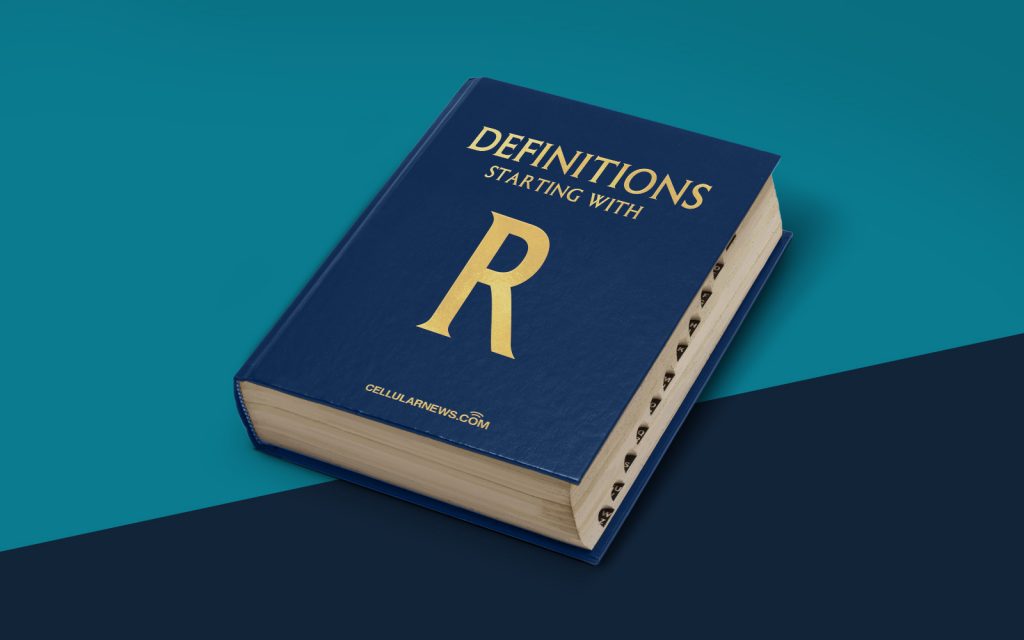
What is a Restricted Boltzmann Machine (RBM)?
Have you ever wondered how machines can learn from complex data sets and make accurate predictions? One technique that plays a crucial role in machine learning is the Restricted Boltzmann Machine (RBM). In this article, we will explore the fascinating world of RBMs and understand their role in helping machines comprehend and process information.
Key Takeaways:
- RBM is a generative stochastic artificial neural network used for unsupervised learning.
- It is a powerful tool for dimensionality reduction, feature learning, and collaborative filtering.
A Restricted Boltzmann Machine is a type of artificial neural network that falls under the broader category of deep learning models. It is called ‘restricted’ because it restricts connections between neurons in different layers. RBMs excel in unsupervised learning tasks, where the model is not provided with labeled training examples.
At its core, an RBM consists of two layers: visible and hidden. Each layer is composed of binary units that represent states of activation. The visible layer takes in the input data while the hidden layer learns to capture and extract meaningful hidden representations from the input. This ability to discover complex and higher-level features is what makes RBMs valuable in various machine learning applications.
Now, you might be wondering how RBMs actually learn. RBMs learn by adjusting their weights, which define the strength of connections between neurons. The learning process involves iteratively updating the weights based on the observed input data. This is done using a technique called Contrastive Divergence, which maximizes the probability of the RBM generating the input data it is exposed to.
Restricted Boltzmann Machines have proven to be highly effective in tasks such as dimensionality reduction, where high-dimensional data is transformed into a lower-dimensional representation while preserving key information. They are also widely used in feature learning, allowing models to automatically discover important underlying features from raw data.
An exciting application of RBMs is in collaborative filtering, which is the technology behind personalized recommendations in e-commerce platforms and streaming services. By leveraging RBMs, companies can analyze user behavior and make accurate predictions on what items or content a user might be interested in.
Key Takeaways:
- RBM is a generative stochastic artificial neural network used for unsupervised learning.
- It is a powerful tool for dimensionality reduction, feature learning, and collaborative filtering.
In conclusion, a Restricted Boltzmann Machine is a remarkable tool that allows machines to learn and extract meaningful representations from complex data. Whether it’s reducing the dimensionality of datasets or providing personalized recommendations, RBMs are instrumental in advancing machine learning capabilities. By understanding the fundamentals of RBMs, we can appreciate how their application can revolutionize various industries and pave the way for smarter and more efficient systems.
